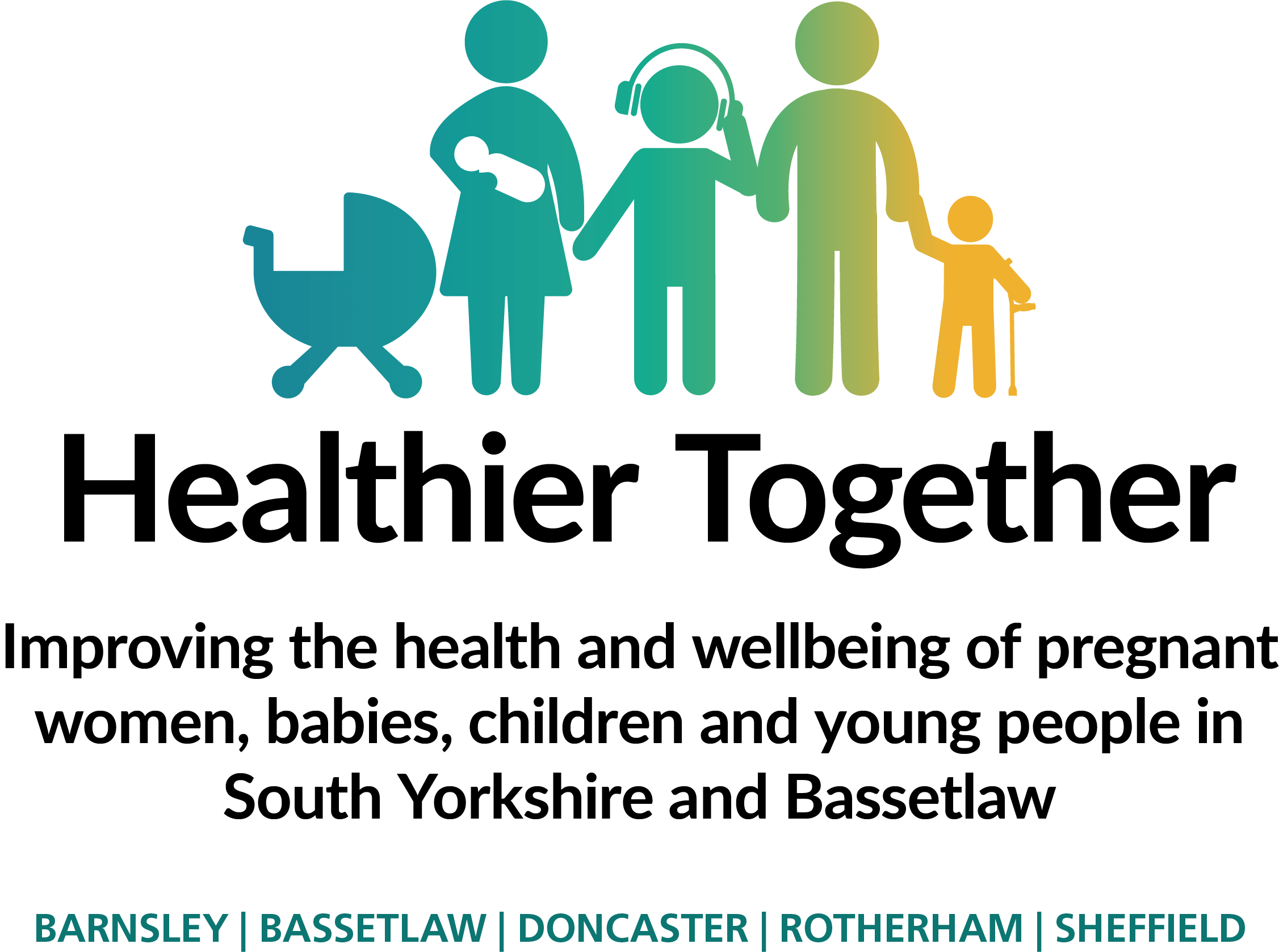Structural Safety
Did you know that structural damage in your house could lower its value by up to 20%? It's not just about looks; it can also lead to safety concerns and legal issues. Unfortunately, many homeowners aren't aware of the signs until it's too late. This article will help you understand structural damage, its common causes, and provide tips on how to spot it in your home.
Understanding Structural Damage
Structural damage refers to impairment or deterioration in a building's foundation, walls, roof, or supporting beams. These components are vital for the building's stability and integrity. When compromised, they can lead to problems like cracks in walls or even building collapse.
Common Causes of Structural Damage
Subsidence
Gradual sinking or downward settling of a building's foundation caused by soil compaction, water removal, or ground movement.
Water Leaks
Persistent leaks that weaken the structural components over time, leading to rot or corrosion.
Tree Roots
Growing into the foundation and causing cracks, as well as absorbing excessive water from the soil, leading to ground movement.
7 Ways to Spot Structural Damage in your House
1 Interior Problems
Look for windows and doors not opening or closing correctly, cracks in the walls (especially around windows and doors), spaces or unevenness in the floor, gaps between the floor and walls, and bowing or bulging walls.
2 Cracks in the Exterior Walls
Check for noticeable horizontal, vertical, or zig-zag cracks on the outside of your house.
3 Walls Separating from the House
Look for large cracks under windows, at the roof-wall junction, or where two walls meet.
4 Cracks in Bricks
Examine both exterior and interior parts of the bricks for horizontal cracks or cracks in masonry joints.
5 Wall Rotation
Although rare, watch out for walls that have rotated out of place, causing significant damage.
6 Cracked or Leaning Chimney
Cracks alone may not indicate structural problems, but if the chimney is leaning or tilting, it's a sign of foundation failure.
7 Front Porch or Stairs Moving Away from the Home
If you notice the porch or stairs separating from the house or significant cracks forming, it could indicate foundation issues.
Common Causes of Structural Damage
Structural damage can impact property value, pose safety concerns, and have legal implications. It's essential to address it promptly.
How to Deal with Structural Damage Step by Step
Assess the Situation
Look for signs of structural damage and note the location and size of the damage.
Call a Professional
Contact a structural engineer or building inspector for a thorough assessment.
Address the Cause
Fix the underlying cause of the damage to prevent recurrence.
Repair the Damage
Undertake necessary repairs, such as underpinning the foundation, fixing cracks, or reinforcing supporting beams.
Remember, early detection and timely action are crucial when it comes to structural damage. If you suspect any issues, it's best to consult a professional for an expert opinion.
By being vigilant and knowing what to look for, you can spot structural damage before it becomes a major problem. Taking action early can save you money and ensure the safety of your home. If you have concerns, don't hesitate to seek professional help.
Text compiled using HouseBuyers4u and CIA Landlords




